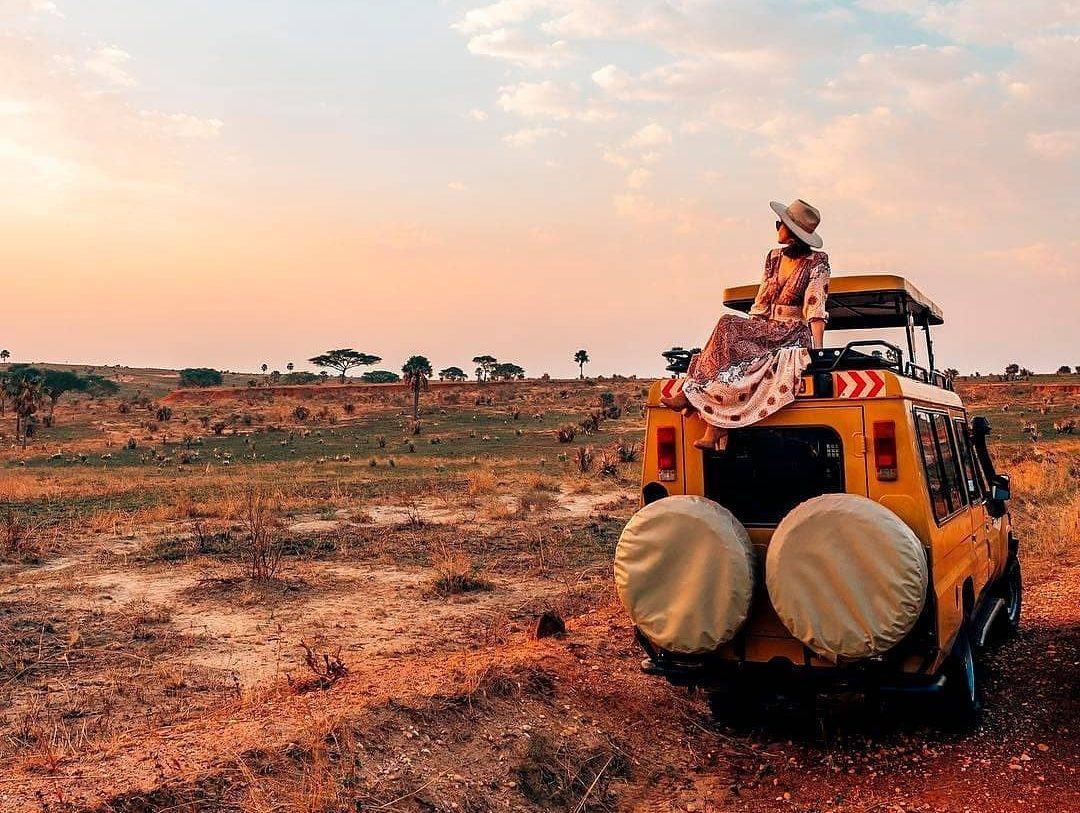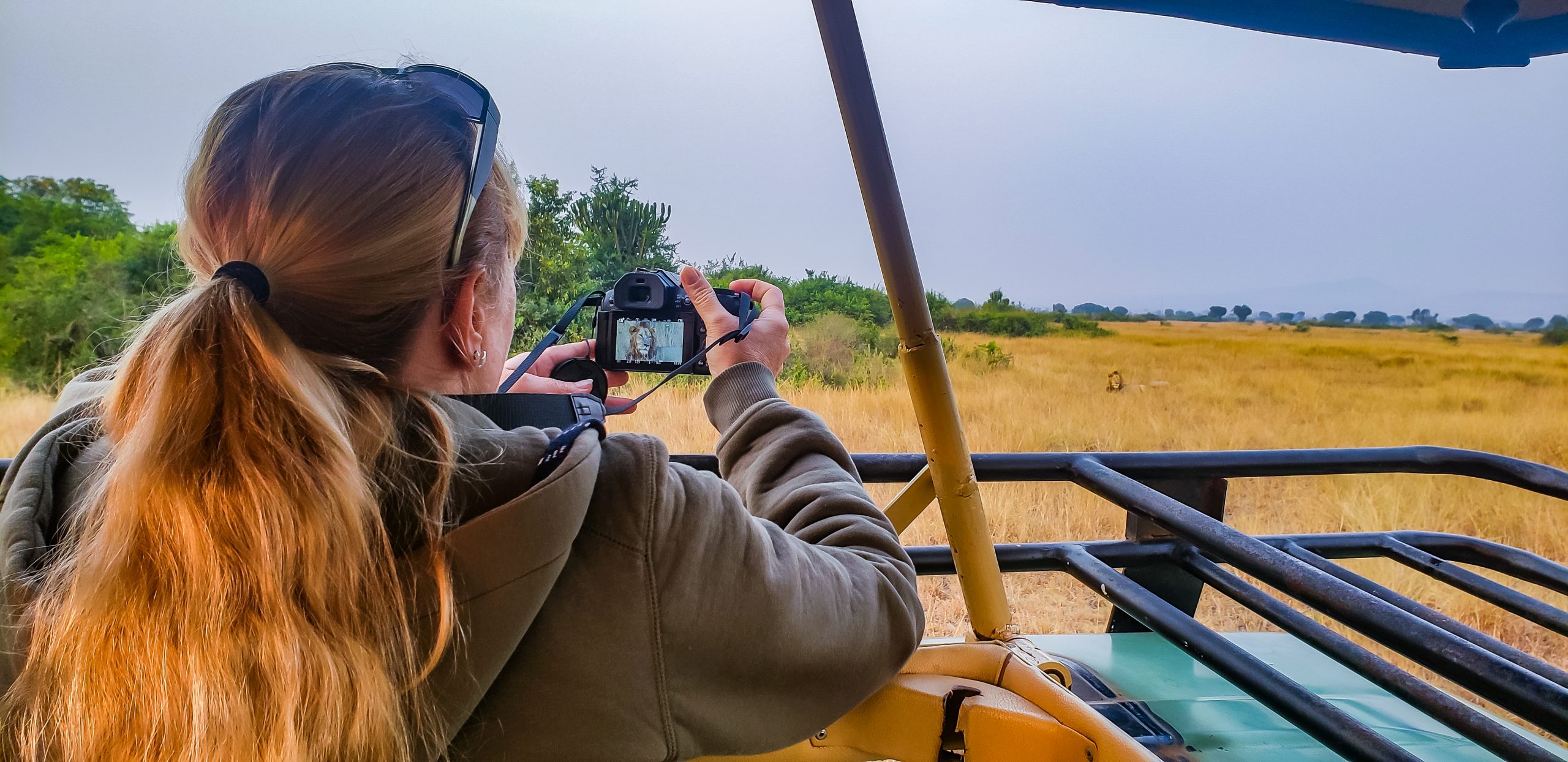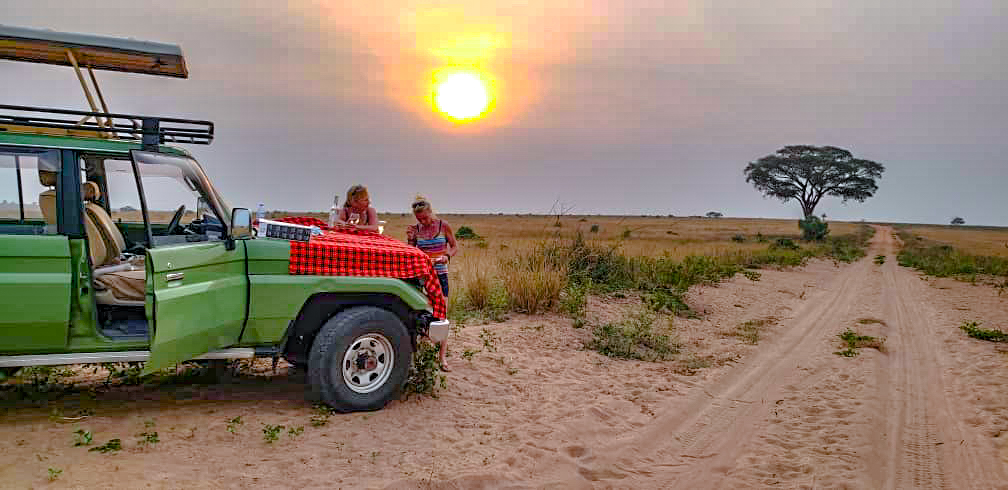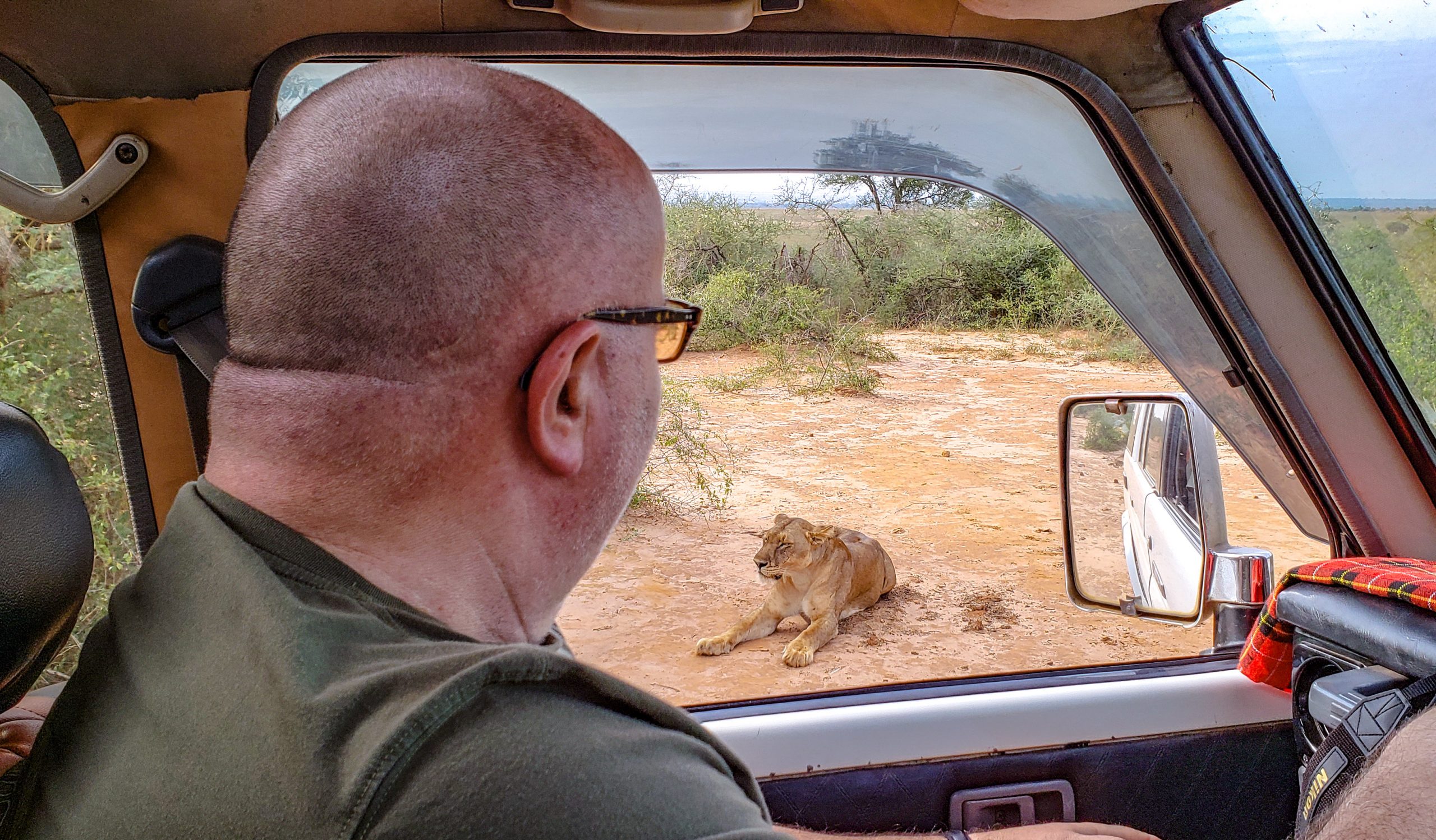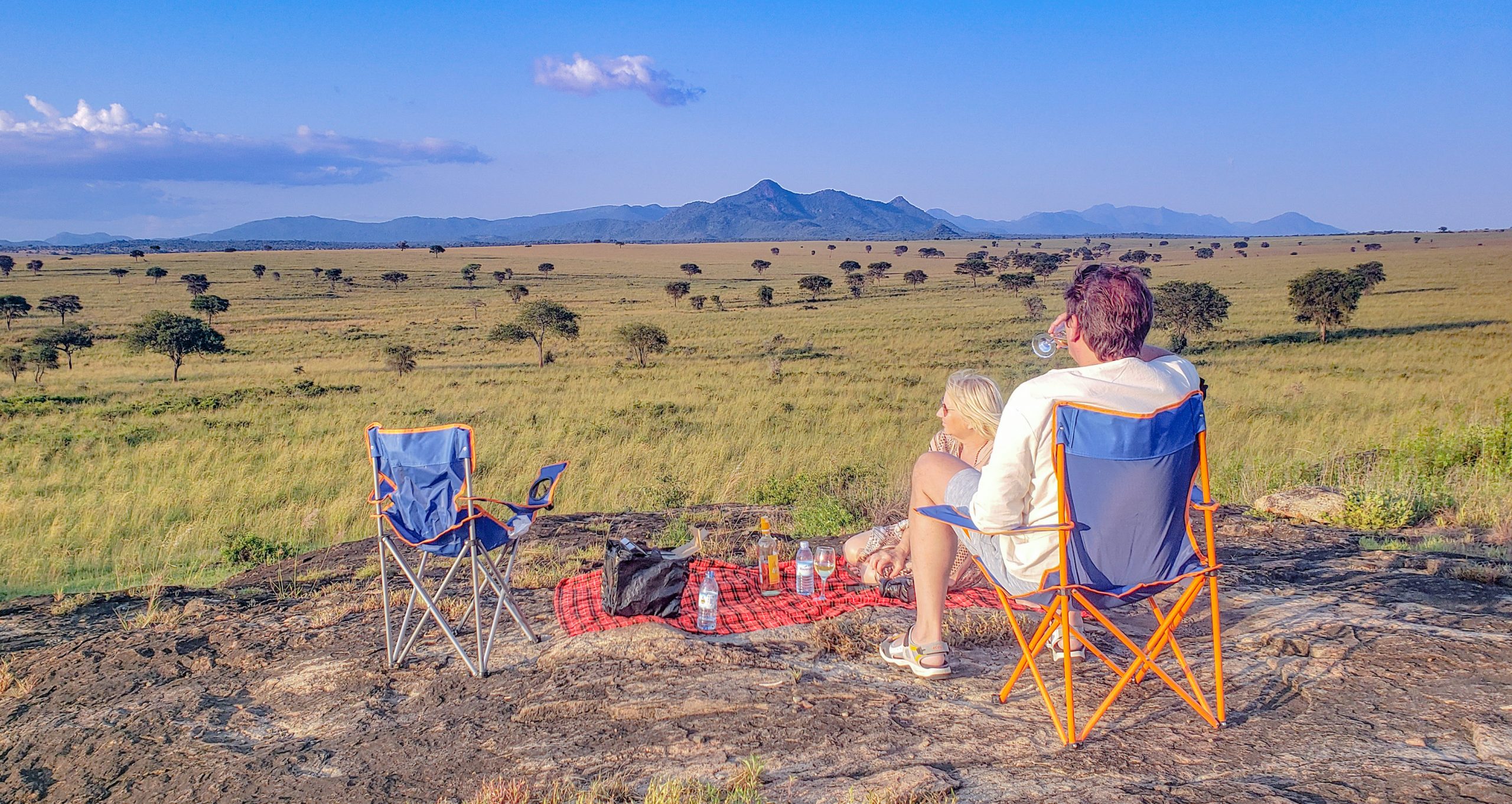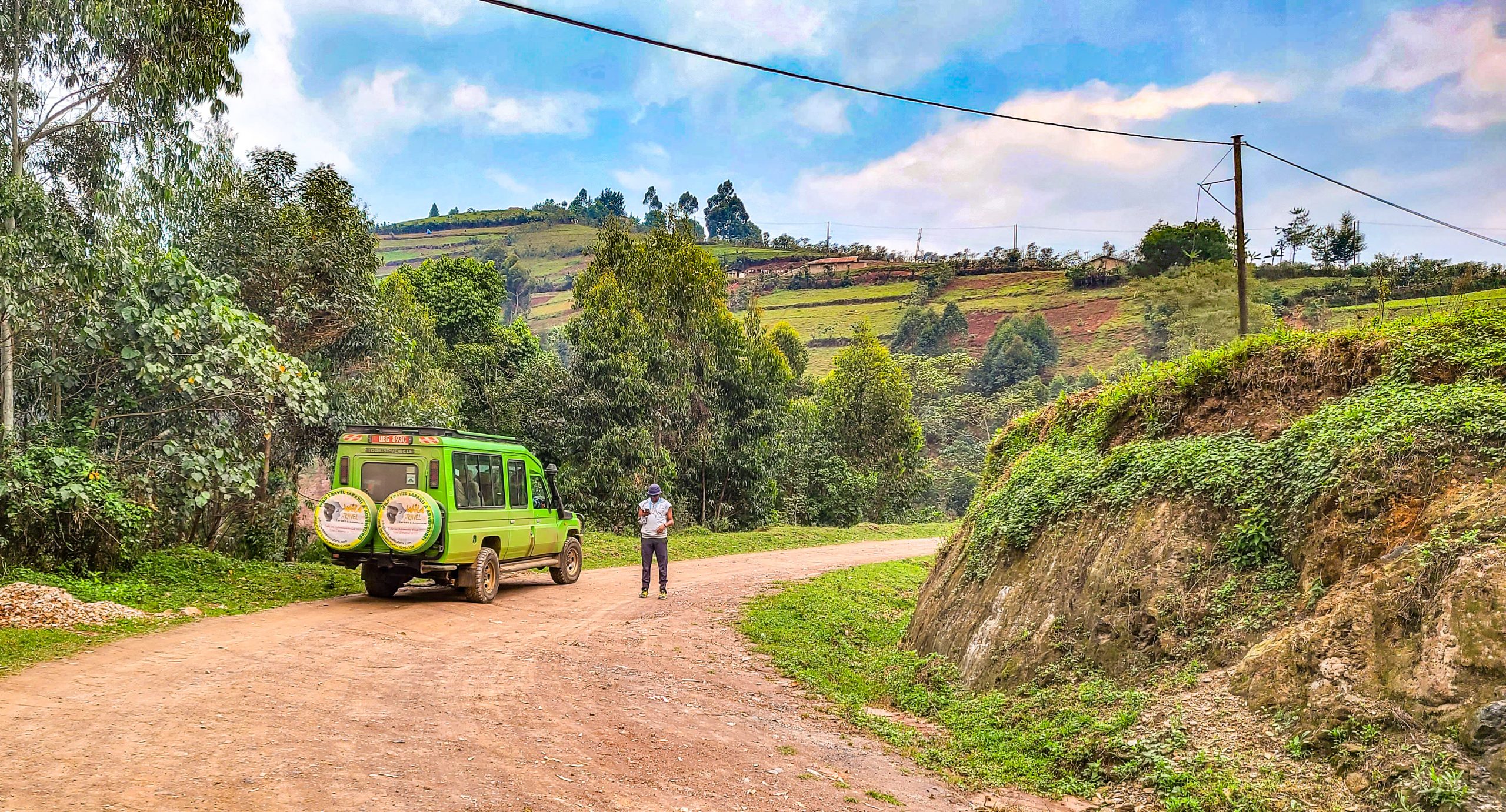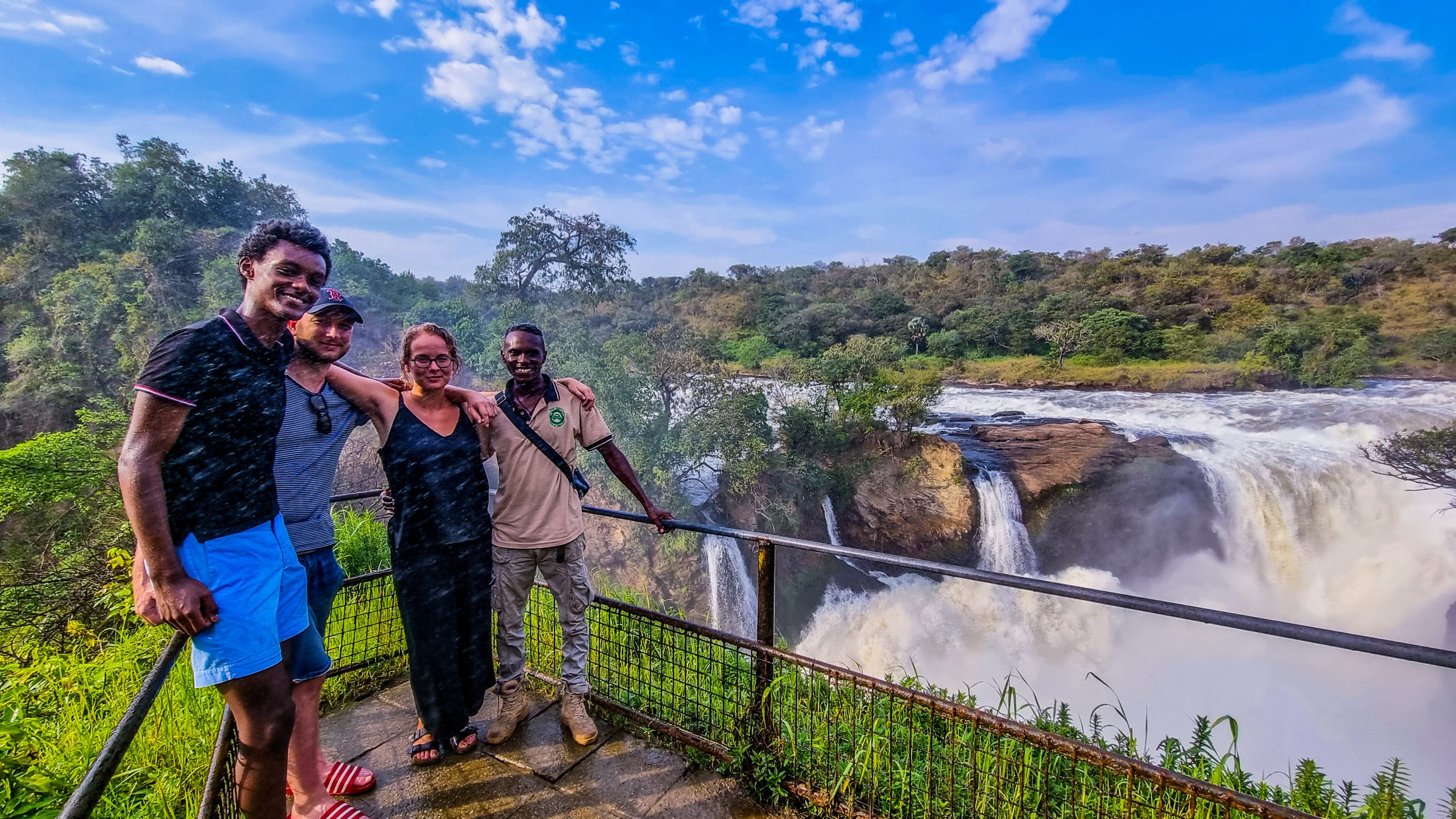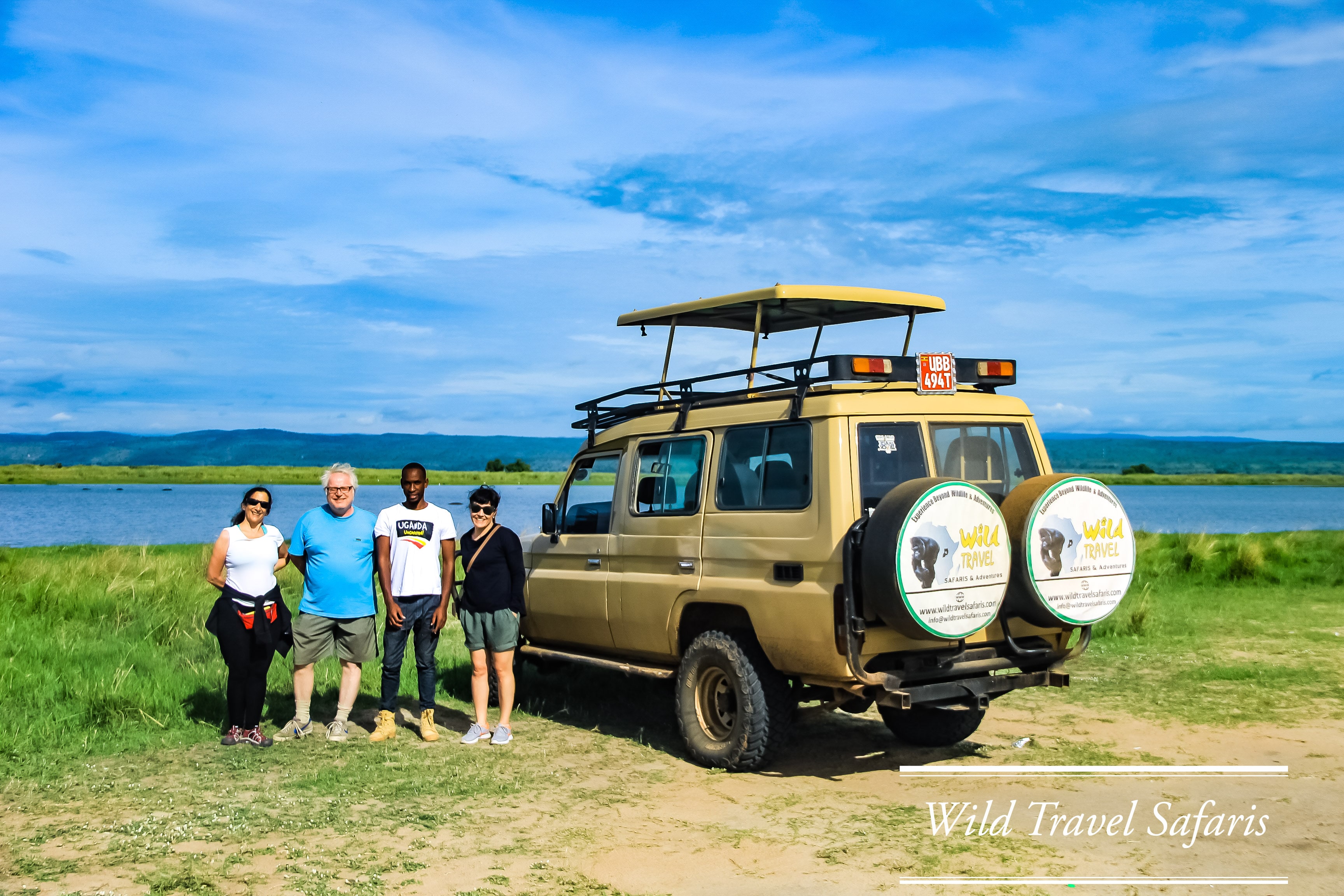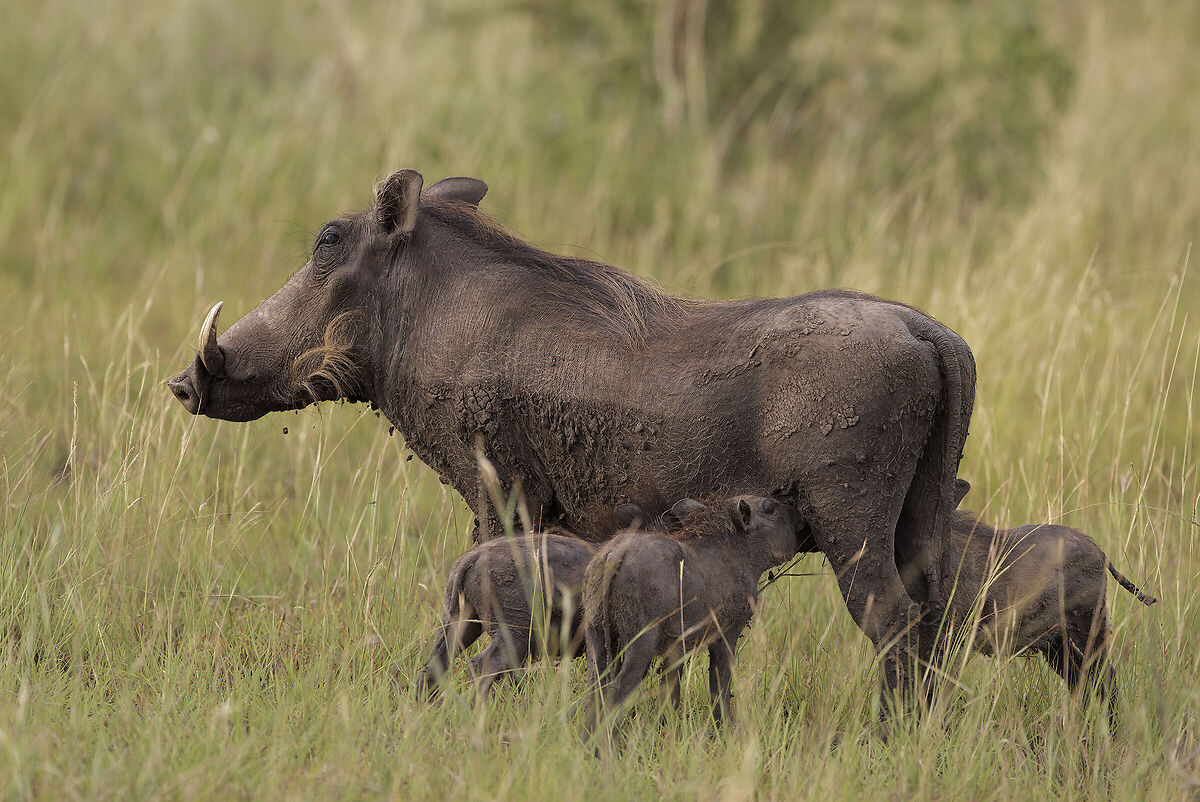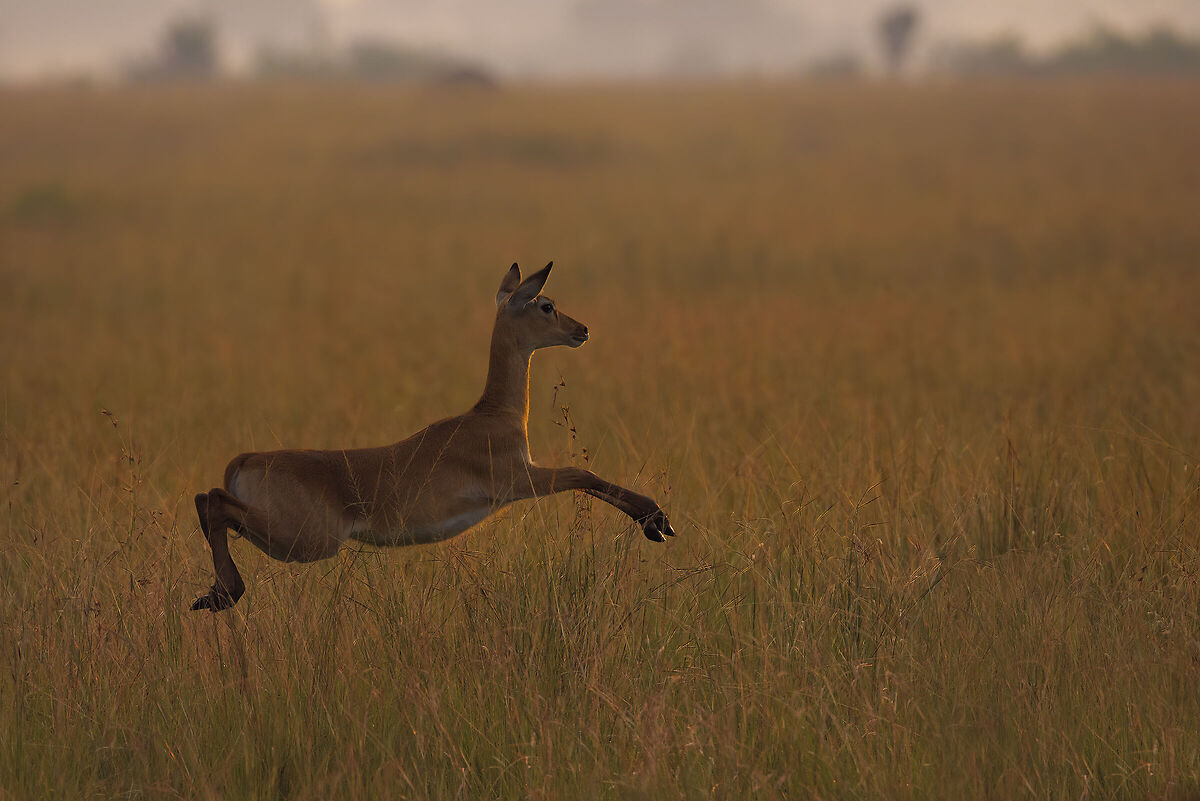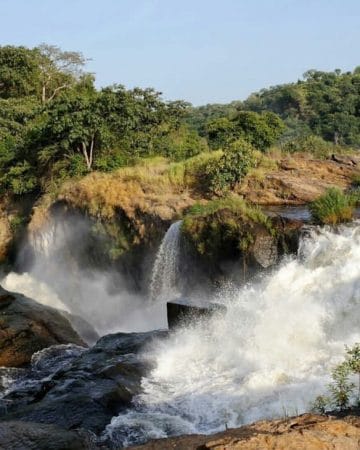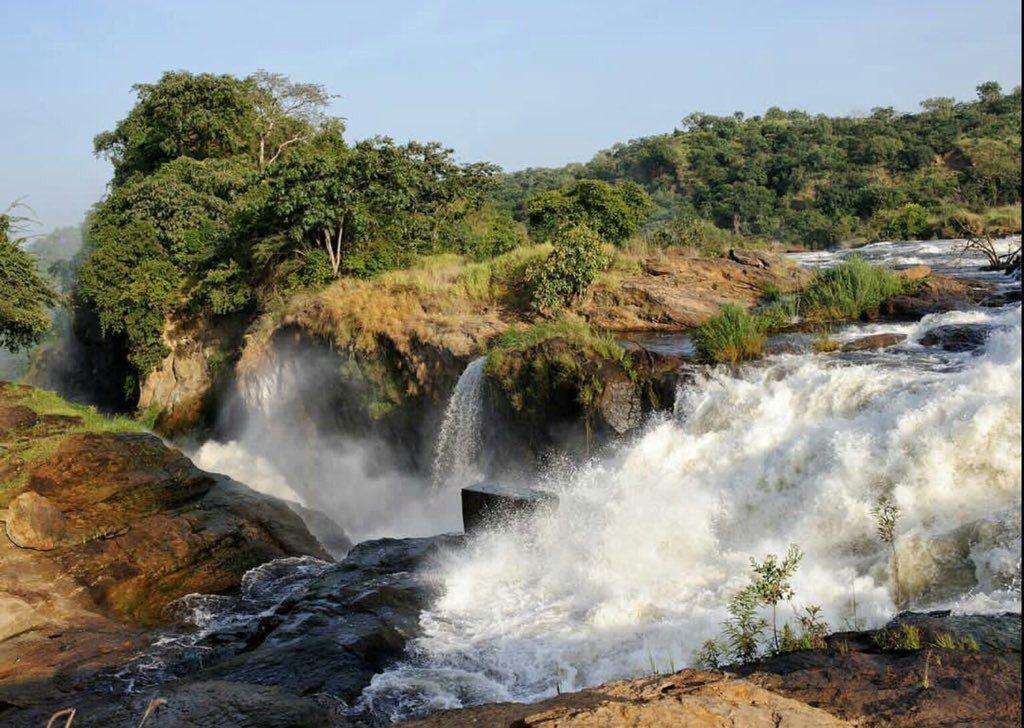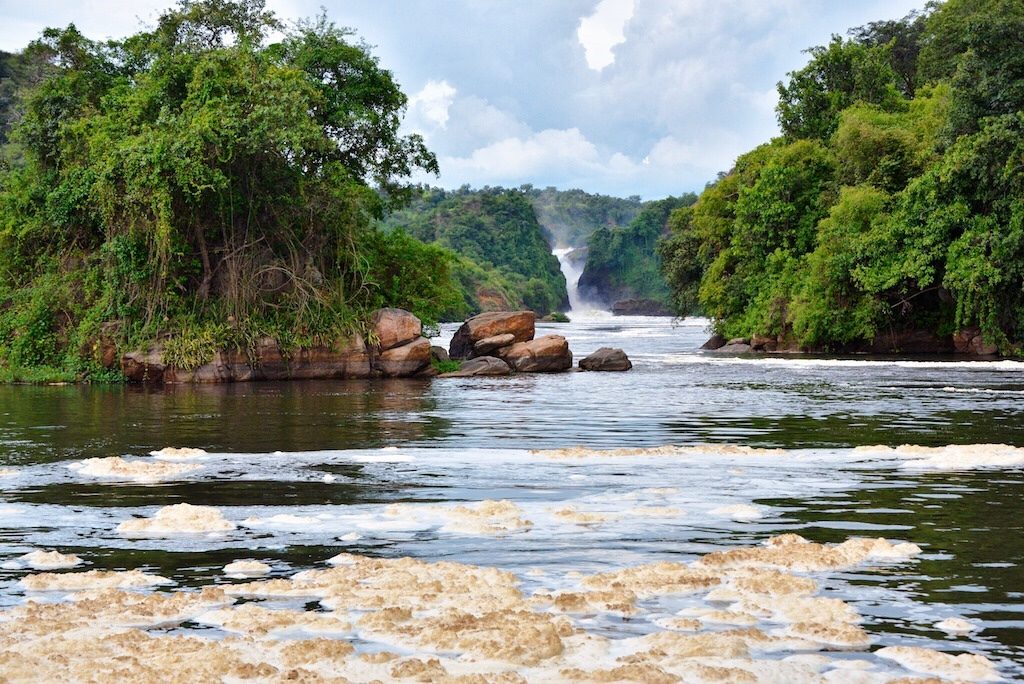No Dam, Save Murchison Falls. One powerful waterfalls in the whole world.
To Save Murchison Falls with Reference is made to the articles in the Government Newspaper and the Daily Monitor today, 28th November 2019 which confirmed the decision of Uganda’s Cabinet to commission a feasibility study for the construction of a hydroelectric dam on the Nile River in Murchison Falls National Park.
We also refer to the advert in the New Vision by the Electricity Regulatory Authority (ERA) on June 7, 2019 in which they announced a notice of intended application for a license from Bonang Power and Energy (Pty) Limited who are intending to construct a hydropower dam near the Murchison Falls in Kiryandongo and Nwoya districts.
We finally make reference to the Government statement that was read by the Hon. Minister of Tourism, Wildlife and Antiquities Prof. Ephraim Kamuntu who while briefing the press at the Uganda Media Center on 27th August 2019 responded to petitions of Ugandans and the global community to discontinue the planned construction of the said 360 Megawatts Hydropower Project in Murchison Falls National Park.
We, the people of Uganda, the actual voters from the country’s many constituencies; the mothers, fathers, children and grandchildren of this beautiful land called the Pearl of Africa; joined by the global community are deeply shocked and disappointed in the decision by the Government of Uganda to backtrack on its word to proceed with this project.
We openly condemn the idea of constructing the said hydropower dam at a sensitive point on the world’s longest river. Our condemnation of this heinous idea is premised on the environmental, social and direct and induced economic value of the falls to Uganda.
Murchison Waterfalls in its ancient state, from the top (including the highly-contested Uhuru Falls) and all the way to the delta at its confluence with Lake Albert, is a Ramsar site, designated to be of international importance under the Ramsar Convention on Wetlands; an intergovernmental environmental treaty established in 1971 by UNESCO, which Uganda is also signatory to. This area was designated in 2006 by the Ramsar secretariat.
The Ramsar site occupies an area totaling 173 km2 and its convergence zone between Lake Albert and the delta forms a shallow area that is important for waterbirds, especially the Pelicans, Darters, various heron species and one of the best sites in Africa for watching the Shoebills.
The Ramsar site is also of social and cultural importance to the people of the area. The delta is an important spawning and breeding ground for the Lake Albert fisheries including many indigenous fish species of important conservation interest, which are the main livelihood source for the communities around Lake Albert.
Murchison Falls is also one of the country’s most unique tourist attractions and a lifeline of the country’s tourism sector because of its spectacular landscapes and scenery, variety of wildlife and the magnificent falls. As a result, tourism in the park has improved significantly and with the return of peace in Northern Uganda, it is expected to increase even further in the future.
Popular British travel guidebook, the Rough Guide earlier this month shared a list of the best places to travel in 2020 on which Murchison Falls National Park had been listed because plans to build a dam had been rejected.
By causing any form of destruction to it, the Government of Uganda would be further undermining the efforts of the Uganda Tourism Board, Uganda Wildlife Authority, conservationists, tour operators, hotel and lodge owners, community-based organizations and other stakeholders who tirelessly market the country and attract visitors to Uganda.
It also presents a very bad image of Uganda as a tourist destination that although struggling to position itself amidst the stiff competition from popular destinations, continues to destroy the attractions on which its tourism sector survives. It’s a very bad image for Uganda in light of the trending phenomenon of Sustainable Tourism Development and the 17 United Nations Sustainable Development Goals.
The direct contribution of tourism in Uganda is measured in form of GDP contribution of 10% as well as direct employment mainly for women and youth in hotels, tour companies, travel agencies, airlines, and other passenger transportation services. It is also measured in terms of the different stakeholders who indirectly benefit from it from being positioned along its varied value chain.
The tourism sector was earmarked by the Government of Uganda as one of the five (5) key-growth sectors for the country’s economy in the National Development Plan II. For the same Government to go against its word and destroy this sector which attracts the largest foreign exchange is to act selfishly, and out of interest of Ugandans. Such acts of wickedness disregard the fact that many tourists come to Uganda, mainly for its nature.
According to the statistical bulletin of the Ministry of Tourism Wildlife and Antiquities, Murchison Falls National Park received an increase of 10% over a period of 12 months, commanding up to 31.4% of all Uganda’s park visitations and leading all the 10 national parks in visitor numbers as well as the largest financial contribution to the surrounding communities in the revenue sharing scheme of any conservation area by the Uganda Wildlife Authority.
With the ongoing heavy developments inside the park as a result of the planned exploration of finite resources like Oil and Gas, there have been many of the obviously anticipated negative impacts on the ecosystem which have reduced the tourist satisfaction levels; especially the return visitors who had seen this, Uganda’s most popular park over the years in its pristine state, thriving with an abundance of flora and fauna.
The construction of a hydropower dam is, therefore, to add more salt to a very bad injury and to cause loss to Ugandans who both, directly and indirectly, depend on Murchison Falls for economic, social, and environmental benefits. It is also to deprive Ugandans today and in the future of the benefits of natural resource conservation.
Given the history, we have no confidence that the commissioned feasibility study will not end in the severe long term ecological and socio-economic impacts like the many natural resource destructions associated with projects of the Government of Uganda.
Several studies have already been done to highlight the critical state of this protected area, including a September 2017 “Environmental Sensitivity Atlas for Murchison Falls National Park” funded by USAID and the Royal Norwegian Embassy that re-emphasizes the protection of this Ramsar site. There’s no need for another study.
Energy generation and consumption around the world is rapidly transforming into a decentralized, decarbonized, and digitized model due to a number of market forces. The declining costs of solar, bioenergy and other green energy systems, as well as the increasing price of energy from the grid, continues to lead to grid parity around the world. It is high time the Government of Uganda rethought its strategy towards energy generation and distribution in order to mitigate the effects of climate change.
As enshrined in Article 237 (2) b) of the Constitution of the Republic of Uganda, we expect the Government as determined by Parliament by law to hold in trust for the people and protect natural lakes, rivers, wetlands, forest reserves, game reserves, national parks and any land to be reserved for ecological and touristic purposes for the common good of all citizens, including Murchison Falls National Park
Our Prayers to Save Murchison Falls
- We request H.E. Yoweri Kaguta Museveni to publicly pronounce an immediate termination to this damaging project.
- We request the Government of Uganda to launch a nationwide sensitization on the importance of conservation to the future of Uganda, starting with top officials in Government.
- We request the Government of Uganda to dedicate more finances towards the conservation, sustainable development, and promotion of the country’s varied tourist attractions.
- We call upon the general public, development partners, civil society, conservation society, embassies and foreign missions, religious leaders, celebrities, men and women of all walks of life and color to join hands to Save Murchison Falls.






